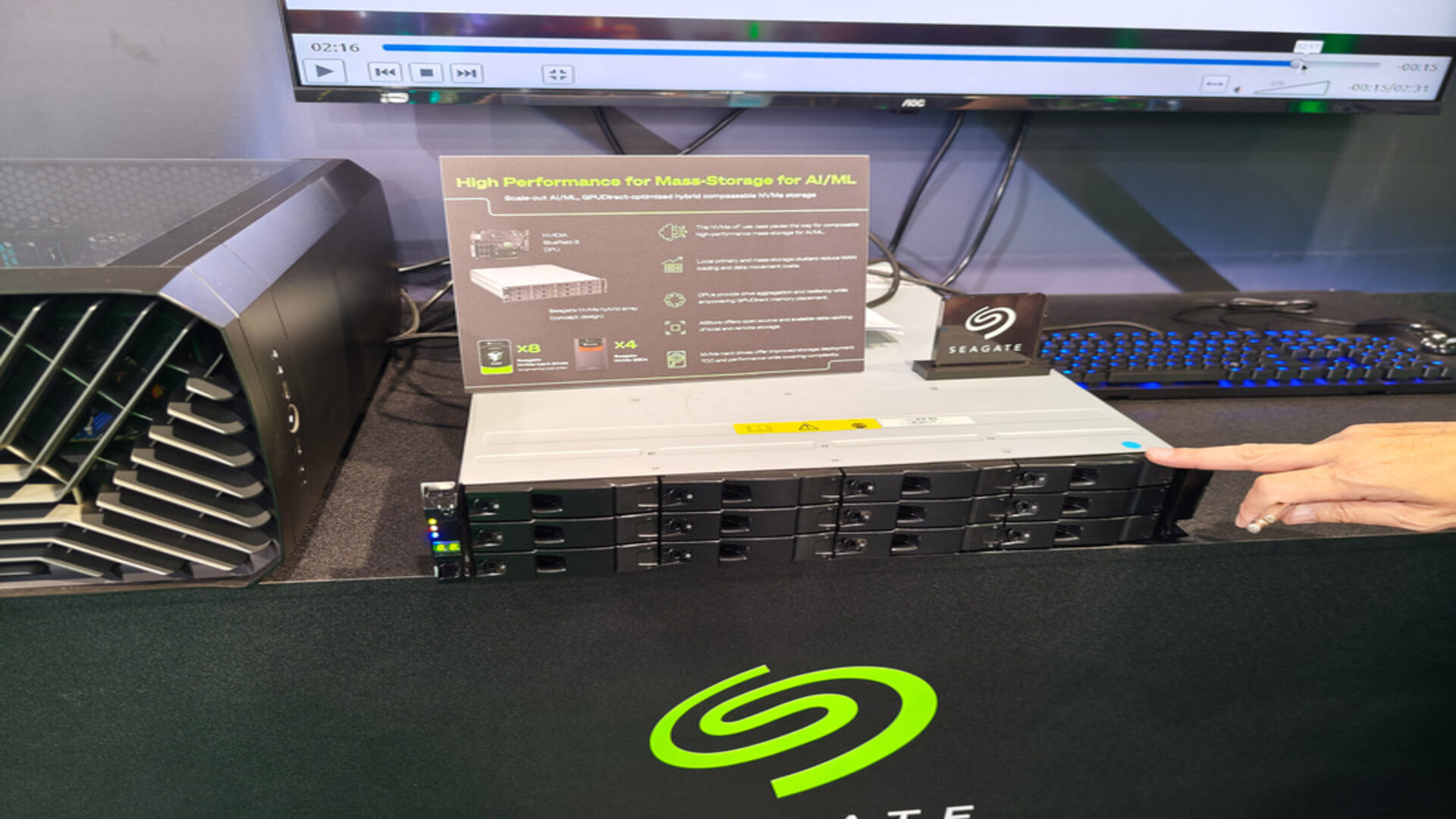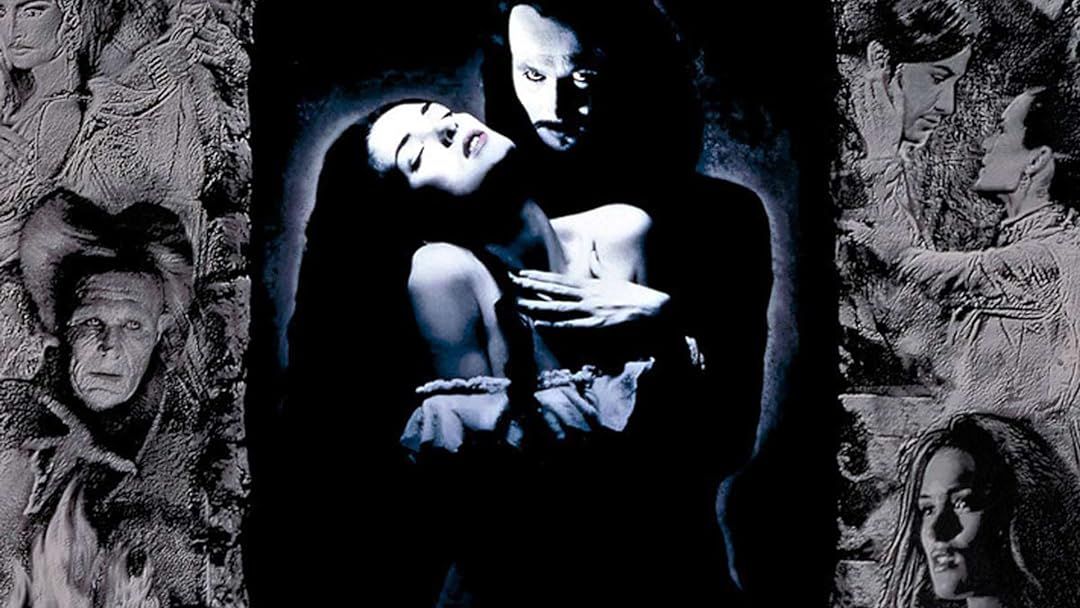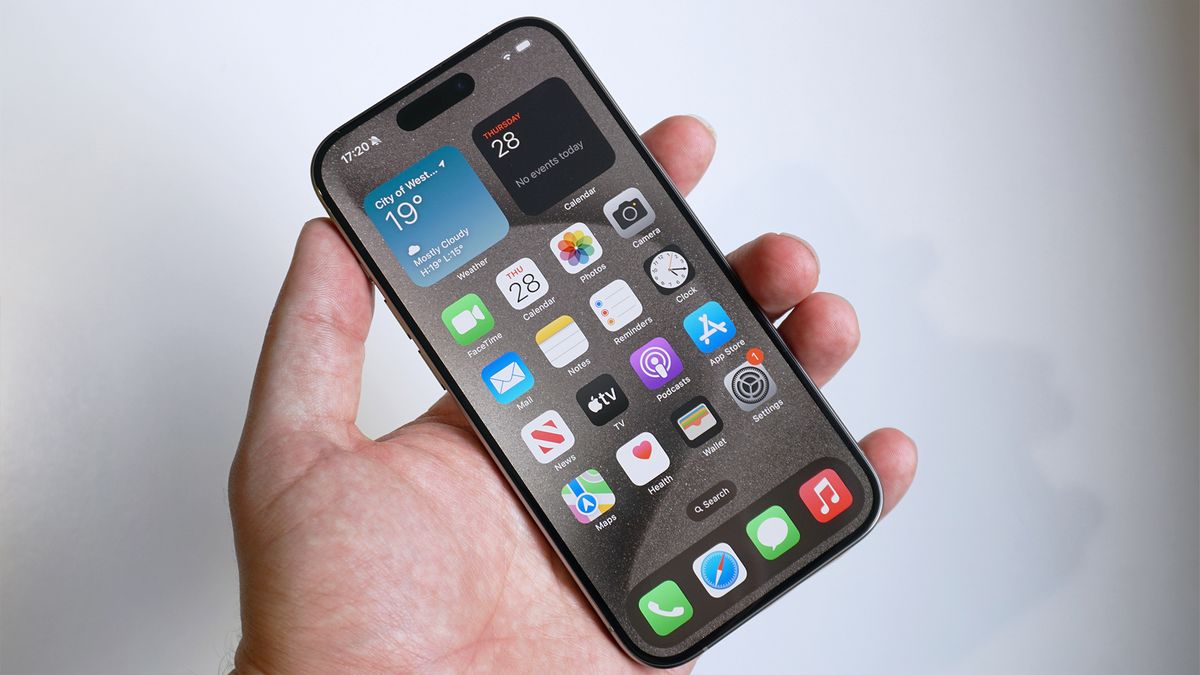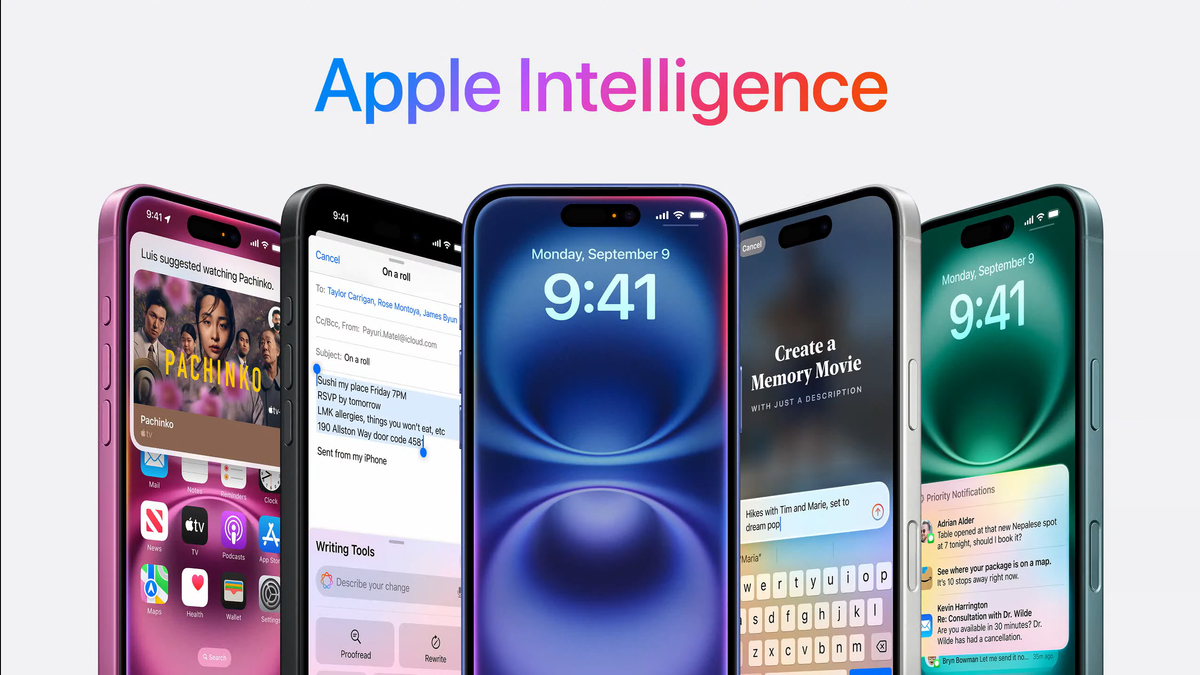OpenAI CTO Mira Murati recently sat down with The Wall Street Journal to reveal interesting details about its upcoming text-to-video generator, Sora.
The interview covers a wide range of topics, from the type of content the AI engine will produce to the security measures that will be implemented. The fight against misinformation is a sticking point for the company. Murati claims that Sora will have multiple guardrails to ensure the technology is not misused. She says the team wouldn't feel comfortable publishing something that “could affect global elections.” According to the article, Sora will follow the same fast policies as Dall-E, meaning that she will refuse to create “images of public figures” like the President of the United States.
Watermarks will also be added. A transparent OpenAI logo can be found in the bottom right corner indicating that these are AI images. Murati adds that they can also adopt the provenance of the content as another indicator. It uses metadata to provide information about the origins of digital media. That's all very well, but it may not be enough. Last year, a group of researchers managed to break “current image watermark protections,” including those owned by OpenAI. Hopefully, they'll come up with something more difficult.
Generative features
Things get interesting when they start talking about Sora's future. First of all, the developers have plans to “eventually” add sound to the videos to make them more realistic. Editing tools are also on the itinerary, giving online creators a way to fix AI's many mistakes.
No matter how advanced Sora is, he makes a lot of mistakes. One of the standout examples in the piece revolves around a video message that asks the engine to generate a video in which a robot steals a woman's camera. Instead, the clip shows the woman partially turning into a robot. Murati admits there is room for improvement, stating that AI is “pretty good at continuity, [but] Is not perfect”.
Nudity is not out of the question. Murati says OpenAI is working with “artists… to determine” what type of nude content will be allowed. It seems like the team would be okay with allowing “artistic” nudity while also banning things like non-consensual deepfakes. Naturally, OpenAI would like to avoid being the center of potential controversy, although it wants its product to be seen as a platform that encourages creativity.
Testing in progress
When asked about the data used to train Sora, Murati was a bit evasive.
He began by stating that he did not know what was used to teach AI, other than that it was “publicly available or licensed data.” What's more, Murati wasn't sure if the YouTube, Facebook or Instagram videos were part of the training. However, he later admitted that Shutterstock media was indeed used. The two companies, if you don't know, have a partnership which could explain why Murati was willing to confirm him as a source.
Murati states that Sora will “definitely” be released by the end of the year. He did not give an exact date although it could happen in the coming months. For now, the developers are conducting security testing of the engine for “vulnerabilities, biases, and other harmful results.”
If you're thinking about trying Sora one day, we suggest learning how to use the editing software. Remember, you make a lot of mistakes and you may continue to make them at launch. For recommendations, check out TechRadar's best video editing software for 2024.









